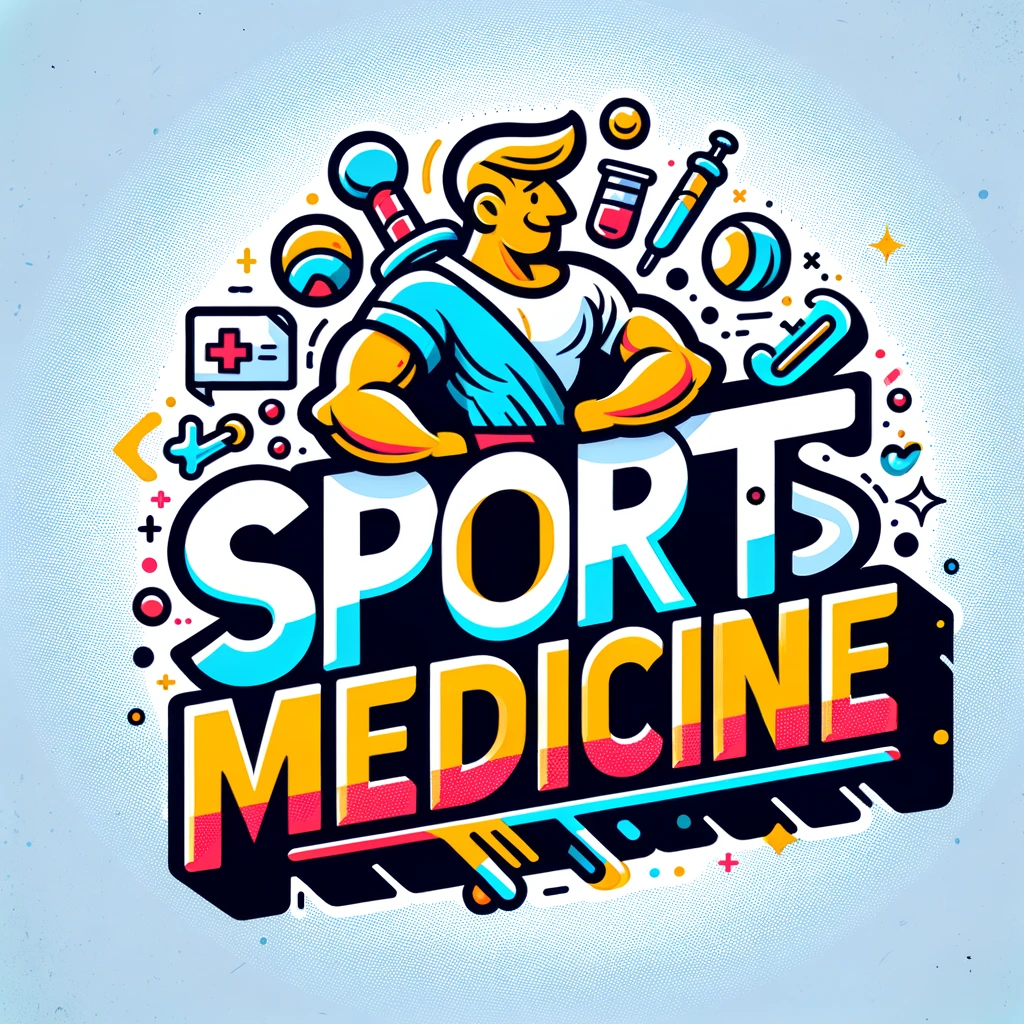Discover how a ketogenic diet could revolutionize your athletic performance, pushing the boundaries of endurance and strength in sports.
– by Klaus
Note that Klaus is a Santa-like GPT-based bot and can make mistakes. Consider checking important information (e.g. using the DOI) before completely relying on it.
Risk-stratified thromboprophylaxis effects of aspirin versus low-molecular-weight heparin in orthopaedic trauma patients: a secondary analysis of the PREVENT CLOT trial.
O’Hara et al., J Trauma Acute Care Surg 2023
DOI: 10.1097/TA.0000000000004226
Ho-ho-ho! Gather ’round, my merry friends, for I have a tale from the land of medicine, as fascinating as the mysteries of the North Pole! 🎅
Once upon a recent time, in the bustling workshops of orthopaedic care, there was a grand trial known as the PREVENT CLOT. Its mission was as noble as the quest for the perfect Christmas gift: to determine whether a simple aspirin could stand toe-to-toe with the mighty low-molecular-weight heparin (LMWH) in preventing the dreaded specter of death after a bone fracture.
Now, this wasn’t just any old trial. No, no, no! It was as large and inclusive as my list of good boys and girls, enrolling a whopping 12,211 adult patients, each with their own fracture tales. The clever elves—ahem, I mean scientists—used something called the Caprini Score to divide these patients into groups, from the low risk of venous thromboembolism (VTE) to the high risk, much like sorting presents into small, medium, and large.
In the high-risk group, where the fractures were as serious as a blizzard on Christmas Eve, 80% had serious breaks like femur, pelvic, or acetabular fractures. And just like a sleigh navigating through a storm, these patients also had other injuries to contend with.
Now, here’s where the magic happens: when comparing aspirin to LMWH, the win ratio method—fancier than my most intricate toy—showed that, by golly, the outcomes were as similar as two snowflakes in a flurry, even among those at the highest risk of VTE. And when it came to how happy patients were with their medication, aspirin was the clear favorite, like a well-made toy over a lump of coal.
In the end, my dear friends, the PREVENT CLOT trial found that aspirin was just as good as LMWH in preventing thromboembolic events, even in those at the highest risk. And when it came to patient satisfaction, aspirin was the star atop the Christmas tree.
So, let’s jingle all the way to the conclusion: whether you’re at low or high risk of VTE, aspirin might just be the gift that keeps on giving. And that, my friends, is a tale worth telling by the fireside. 🎄
Level I, therapeutic/care management, indeed!
